|
Video playlist
|
Introduction: classroom cinema
 Introduction, setting the scene for Anglo-Saxon times
through the idea of ghosts of Saxons (through their settlement names).
Introduction, setting the scene for Anglo-Saxon times
through the idea of ghosts of Saxons (through their settlement names).
Supports: textbook 'Anglo-Saxon raiders and settlers'.
Playing time: 13 min (V316)
|

|
Saxon clan attack
 Shows the way that small bands of raiders may have attacked in the 5th century.
Shows the way that small bands of raiders may have attacked in the 5th century.
Supports: textbook 'Anglo-Saxon raiders and settlers'.
Playing time: 3 min (V317)
|

|
Village sites
 Find out where Saxons chose to settle and why.
Find out where Saxons chose to settle and why.
Supports: textbook 'Anglo-Saxon raiders and settlers'.
Playing time: 4 min (V318)
|

|
A village plan
 Explains what Anglo-Saxons had to think about when designing their village.
Explains what Anglo-Saxons had to think about when designing their village.
Supports: textbook 'Anglo-Saxon raiders and settlers'.
Playing time: 4 min (V319)
|

|
Ship burial
 Describes a ship burial similar to one at Sutton Hoo.
Describes a ship burial similar to one at Sutton Hoo.
Supports: textbook 'Anglo-Saxon raiders and settlers'.
Playing time: 6 min (V320)
|

|
Ruthwell Cross
 Shows the Anglo-Saxon cross at Ruthwell, Dumfries and Galloway, which was originally an outside cross where people met to pray before churches were built.
Transition from pagan times.
Shows the Anglo-Saxon cross at Ruthwell, Dumfries and Galloway, which was originally an outside cross where people met to pray before churches were built.
Transition from pagan times.
Supports: textbook 'Anglo-Saxon raiders and settlers'.
Playing time: 5 min (V321)
|

|
The Moan at Canonby
 This famous cross contains a rare 'moan'. It comes from Cumbria.
This famous cross contains a rare 'moan'. It comes from Cumbria.
Supports: textbook 'Anglo-Saxon raiders and settlers'.
Playing time: 3 min (V322)
|

|
Recording Anglo-Saxon times
 Describes how monks recorded the times through the efforts of Bede and the Anglo-Saxon Chronicle.
Describes how monks recorded the times through the efforts of Bede and the Anglo-Saxon Chronicle.
Supports: textbook 'Anglo-Saxon raiders and settlers'.
Playing time: 6 min (V323)
|

|
Anglo-Saxon churches
 Shows two of the best-preserved and longest-surviving Anglo-Saxon churches in England (in Northamptonshire).
Shows two of the best-preserved and longest-surviving Anglo-Saxon churches in England (in Northamptonshire).
Supports: textbook 'Anglo-Saxon raiders and settlers'.
Playing time: 6 min (V324)
|

|
Cooking
 Describes what Anglo-Saxon people cooked and their meals and home living.
Describes what Anglo-Saxon people cooked and their meals and home living.
Supports: textbook 'Anglo-Saxon raiders and settlers'.
Could be cross curricular with food through the ages and healthy living.
Playing time: 4 min (V325)
|

|
A Saxon burh
 Explains what the saxon fortified towns were like.
Explains what the saxon fortified towns were like.
Supports: textbook 'Anglo-Saxon raiders and settlers'.
Playing time: 4 min (V326)
|

|
Wallingford Saxon burh
 A drive through Wallingford, the site of a Saxon burh.
A drive through Wallingford, the site of a Saxon burh.
Supports: textbook 'Anglo-Saxon raiders and settlers'.
Playing time: 4 min (V960)
|
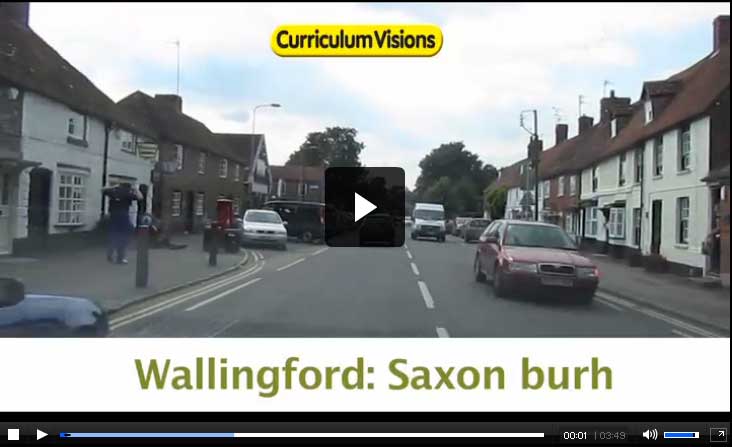
|
Alfred the Great
 Shows the statue of Alfred the Great in Winchester, along with some facts about his life.
Shows the statue of Alfred the Great in Winchester, along with some facts about his life.
Supports: textbook 'Anglo-Saxon raiders and settlers'.
Playing time: 1 min (V829)
|
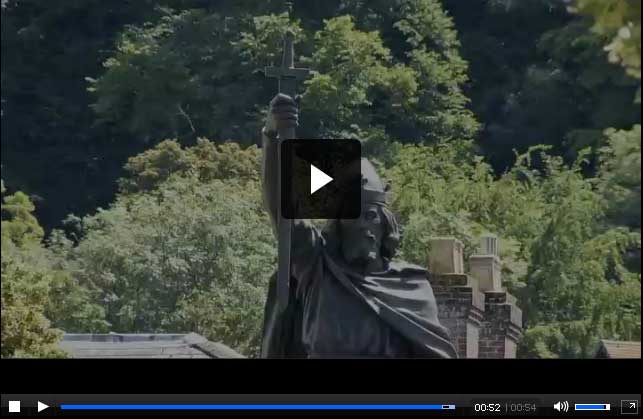
|
The Battle of Hastings, 1066
 A summary of this famous battle.
A summary of this famous battle.
Supports: textbooks 'Anglo-Saxon raiders and settlers', '1066', and 'Castle'.
Playing time: 12 min (V109)
(Going to this video will take you to the medieval section.)
|
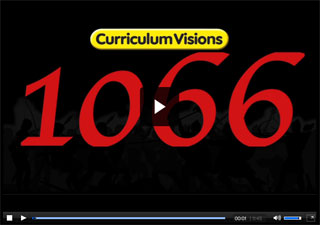
|
Making pottage

A video showing a pottage being cooked. For the poor, pottage was eaten every day. This video explains what it was, why it was made, and how it lasted as a key meal not only during times, but from its Stone Age beginnings right through to the present day.
Supports: textbook 'Anglo-Saxon Raiders and Settlers'.
Playing time: 8 min (V1040)
|
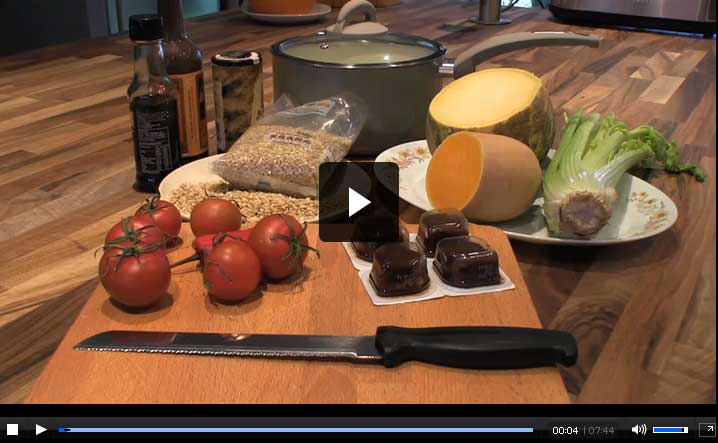
|
Making flour by hand

This video shows grain being ground by hand using a pestle and mortar to produce flour. People in the past had to grind corn manually like this to make the flour needed to make bread.
Supports: textbook 'Anglo-Saxon Raiders and Settlers'.
Playing time: 4 min (V970)
|
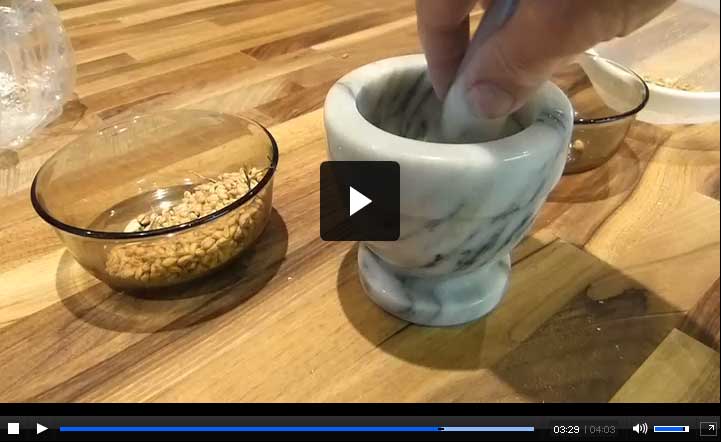
|















